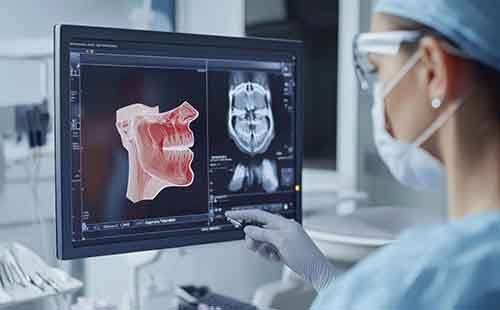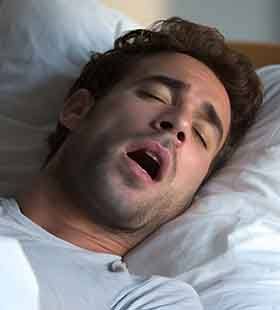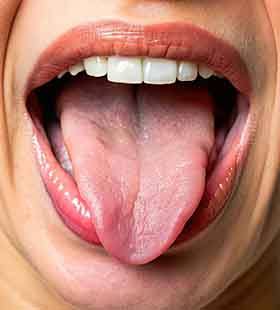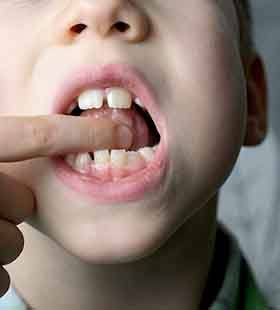
Myofunctional Therapy – Delafield, WI
Strengthening Your Oral & Facial Muscles for Improved Movement

When oral and facial muscles do not work as they should, you may notice a change in the way you chew your food, speak to others, and your ability to breathe freely throughout the night. Without treatment, these issues can continue to worsen, making daily life increasingly difficult. At Bionica Dental Wellness, we want to do something about this common problem, which is why we are pleased to have our in-house myofunctional therapist, Amanda, provide safe and effective treatment to improve oral and facial movement. Schedule an appointment with us today if you are ready to develop better overall health.
Why Choose Bionica Dental Wellness for Myofunctional Therapy?
- Myofunctional Therapist Available on Staff
- Various Payment Options to Help Keep Treatment Costs Low
- Dental Professionals Who Have Your Best Interest in Mind
What is Myofunctional Therapy?

Myofunctional therapy is a unique program that uses oral and facial exercises to strengthen the muscles that allow the tongue, mouth, and face to move normally. This precise form of treatment helps improve how you eat, breathe, and speak for a better quality of life.
It is commonly used to address sleep apnea, which can occur when the soft oral tissues in the back of the mouth or throat collapse and create airway obstruction. This prevents free-flowing air and causes frequent interruptions throughout the night that result in a person gasping for air or choking.
With myofunctional therapy, Amanda can identify the problem areas and build a treatment plan that focuses on strengthening these muscles to prevent future issues.
How Does Myofunctional Therapy Work?

At Bionica Dental Wellness, Amanda is our certified, in-house myofunctional therapist. She is also certified to provide local anesthesia and laser therapy, and she is a registered dental hygienist.
Amanda will administer myofunctional therapy when there is clear evidence of abnormal movement throughout your face or mouth.
Commonly referred to as an orofacial myofunctional disorder (OMD), the abnormalities may look like a restricted tongue (tongue-tie), obstructed nasal passage, etc. To address these issues and improve overall movement and health, she will use various exercises that may include using additional items to aid in strengthening the airway, tongue, or nasal passage (i.e., inhaling through the nose and exhaling into a balloon, sucking a thick substance through a straw, or blowing into an instrument).
Other exercises include tongue touches, teeth touches, rolling your tongue, clicking your tongue, tongue-to-chin touches, tongue-to-nose touches, and more.
By practicing these exercises, you will begin to notice an improvement in the positioning of your tongue, how you breathe through your nose, and how well your lips come and stay together (to avoid mouth breathing), and how effectively you swallow.
Tongue-Tie Release

Myofunctional therapy is helpful after having a tongue-tie released, as it is necessary to perform various stretches to prevent the tissue from reattaching. By strengthening the tongue over time with these stretches, you can achieve a better range of oral motion, allowing you to eat a wider variety of foods and speak without slurring your words. The breaking of harmful habits (i.e., poor oral posture, mouth breathing, etc.) that occurred while living with a tongue-tie can be accomplished with myofunctional therapy.
Learn More About Tethered Tissue Release
The Benefits of Myofunctional Therapy

Many patients who choose to undergo myofunctional therapy experience tremendous benefits, including:
- The ability to breathe freely (and easily) through the nose
- Having greater confidence when speaking to others
- Enjoying a variety of foods because of how easy it is to chew
- Fewer nighttime interruptions caused by obstructed airflow
- Greater productivity each day because of reduced drowsiness
- Reduced snoring that can otherwise cause problems in personal relationships
- Better tooth alignment and tongue/lip positioning